introduction
The slitting of hot stamping paper (also known as hot stamping foil) is a key reprocessing process in which wide master coils are slitted into narrow coils of specific widths according to customer needs. The slitting quality directly affects the performance of hot stamping paper on automatic hot stamping machines, such as paper smoothness, registration accuracy and hot stamping effect. PET, OPP, and PVC have significant differences in the key points of slitting process and equipment selection due to their different physical properties of substrates and coatings.
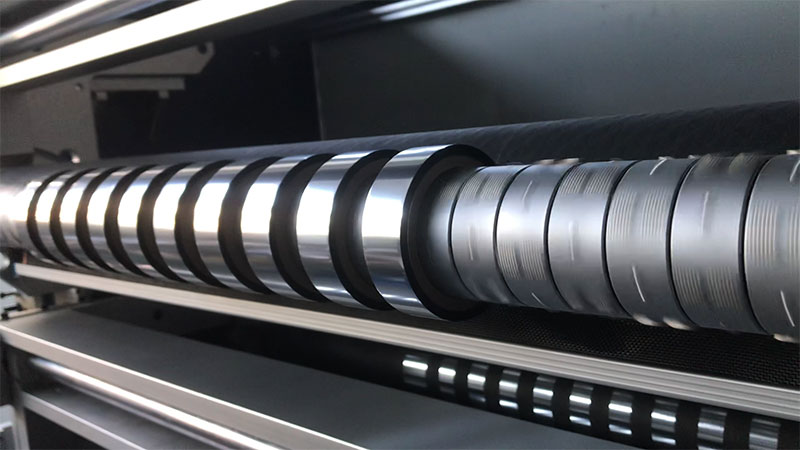
Part 1: Key points of slitting process of hot stamping paper of different materials
1. PET (polyester) hot stamping paper
• Material characteristics: high base film strength, high tensile strength, excellent dimensional stability, high temperature resistance. It is the most high-grade and most commonly used hot stamping paper substrate.
• Slitting difficulties:
◦ Hardness and toughness: PET base film is hard, which requires high wear resistance of the blade. If the cut edge is uneven, it is easy to produce hard burrs, resulting in scratches or uneven winding during use.
◦ Static electricity issues: PET is prone to generating a large amount of static electricity, leading to dust adsorption, loose film rolls, or even breakdown of the coating during slitting.
• Process Points:
◦ Blade selection: Round blades with high hardness, sharpness and wear resistance (such as tungsten carbide) must be used. A "Shear Cut" slitting method is usually used with a single-sided edge knife and a base knife (carbide disc cutter). This cutting method produces clean, smooth trimming without extrusion deformation.
◦ Tension control: Large and stable tension is required. PET has strong tensile bearing capacity, and high tension can ensure the tightness and neatness of winding (ITO). Tension fluctuations can cause the film roll to appear "chrysanthemum pattern" or loose inside and tight outside.
◦ Static Elimination: It must be equipped with an efficient static eliminator (e.g., ion rod, electrostatic brush) installed after the slitting point and before winding to ensure that the static electricity is effectively neutralized.
◦ Pressure and Angle: Accurately adjust the angle and pressure of the circular knife to ensure instantaneous shearing and avoid compression adhesion of the coating due to excessive pressure.
2. OPP (Oriented Polypropylene) hot stamping paper
• Material characteristics: The base film is soft, has good tensile ductility, but has low tensile strength, is easy to deform, and does not resist high temperature.
• Slitting difficulties:
◦ Easy tensile deformation: Improper tension control can easily lead to the film roll being elongated or even broken, affecting the registration accuracy of subsequent hot stamping.
◦ Prone to burrs: Soft materials are prone to stretch burrs when slitting instead of cutting burrs, which affects aesthetics and use.
◦ Poor heat resistance: The slitting speed is too fast, causing the blade to rub and generate heat, which may cause the OPP to shrink and deform locally.
• Process Points:
◦ Blade selection: Crush Cut/Center Surface Wind slitting or sharp Razor Cut slitting. The extrusion type uses a single-edged blade to press directly on the bottom roller to cut off the film, but attention should be paid to pressure adjustment to prevent edge adhesion. Blade sharpness is crucial, and blunt knives pull on the film.
◦ Tension control: requires small tension and high-precision control. The automatic tension control system is adopted, and the starting tension should be set low to prevent the film coil core from being crushed. The Taper Tension function is necessary, which gradually decreases the tension as the coil diameter increases.
◦ Speed control: The slitting speed should not be too fast to avoid frictional heat accumulation.
◦ Core selection: Use a strong plastic or metal core to prevent the paper core from deforming under less tension.
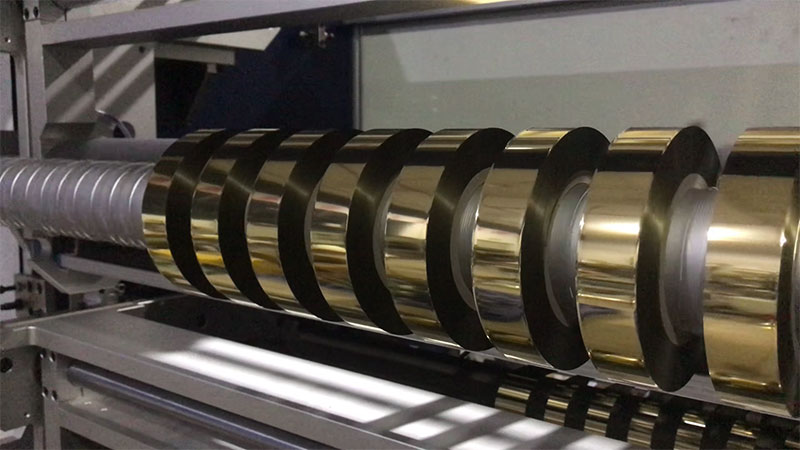
3. PVC (polyvinyl chloride) hot stamping paper
• Material characteristics: soft, good ductility, usually thick, containing plasticizers.
• Slitting difficulties:
◦ Easy to stick: The plasticizers in PVC may cause adhesion between the film layers under pressure and temperature, which can easily cause "oil stains" or prevent smooth uncoiling after slitting and winding.
◦ Cutting edge extrusion deformation: In the extrusion slitting of soft materials, the cut edge is easy to bulge inward due to pressure, forming a "bow" defect.
◦ Elastic memory: PVC will have slight retraction after cutting, affecting the absolute accuracy of the slitting width.
• Process Points:
◦ Blade selection: Very sharp blades are key. The "Shear Cut" is preferred as it provides the cleanest cut edge with minimal extrusion and distortion. Suspended slitting is also available as an alternative.
◦ Tension control: Medium, stable tension is used. Too much tension can easily lead to adhesion, and too little will lead to uneven reeling.
◦ Cooling measures: If the slitting speed is high, consider cooling the blade or contact roller to prevent heat buildup from exacerbating adhesion.
◦ Environmental control: control the temperature and humidity of the slitting workshop within a stable range to avoid changes in the characteristics of PVC materials.
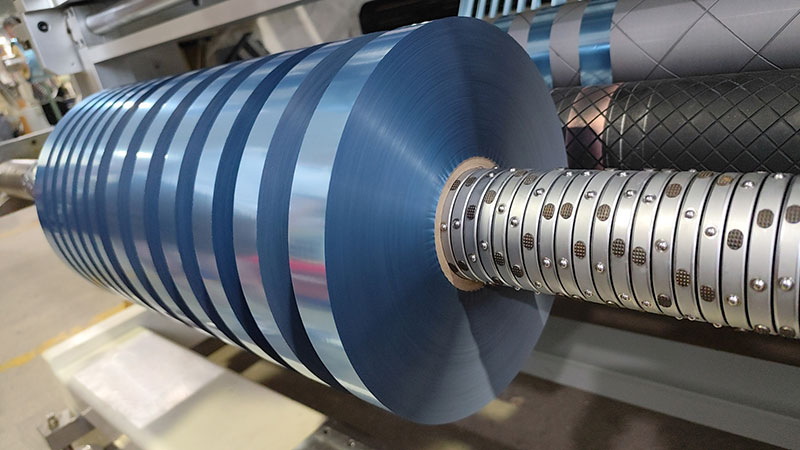
Part 2: Equipment Selection Guide
When selecting a slitting machine, prioritize its precision, control, and flexibility for soft and thin materials.
Core component selection suggestions
1. Cutting Method:
◦ Prefer "Twin-shaft, dual-drive shearing slitting machine". This model cuts with the best cutting quality and the widest range of applications (especially for PET and PVC).
◦ Suspended slitting: Low cost, suitable for less demanding OPP and PVC slitting, but extremely demanding blade life and sharpness, frequent replacement.
◦ Squeeze slitting: suitable for extremely thin materials, but for coated hot stamping paper, it is easy to cause edge quality problems due to pressure problems, and is generally not the first choice.
2. Tension Control System:
◦ A fully automated, closed-loop tension control system must be selected. This is the core of ensuring the quality of the slitting.
◦ The system should include unwinding tension control, traction tension control, and rewinding tension control.
◦ Winding should have taper tension control and be able to customize the tension curve based on material properties such as OPP.
◦ Magnetic powder clutches/brakes have been phased out, and a servo motor-driven vector torque control system should be chosen, which is more precise, responsive and energy-efficient.
3. Blade Holder System:
◦ Choose a high-precision and high-rigidity tool holder to ensure that the parallelism and runout error of the upper and lower tool axes are extremely small.
◦ Tool position adjustment mode: manual fine-tuning is suitable for multi-variety and small-batch production; electric/pneumatic automatic tool adjustment is suitable for large-batch and single-specification production, with high efficiency.
◦ The base knife (anvil roll) should be made of high-hardness and wear-resistant alloy steel.
4. Static Eliminator:
◦ Required. Ionizing electrostatic elimination rods (ion rods) should be selected and installed in the path after slitting. It is best to equip it with a high-pressure generator to ensure the elimination effect.
5. Web Guiding System:
◦ A high-quality slitting machine should be equipped with a closed-loop photoelectric correction system to ensure that the master roll always maintains edge or line alignment before entering the slitting knife, which is the key to ensuring the consistency of the slitting width.
6. Rewinding System:
◦ Center Surface Wind: Commonly used in extrusion slitting, relying on the pressure of the pressing roller to control the tightness of the winding, which is simple but not accurate.
◦ Center winding: Relying on the torque of the winding shaft to control the tension is the most recommended method, especially with servo torque control, which can achieve the best winding effect.
◦ For extremely thin materials, the Gap Wind function can be used to prevent sticking.
Summary table of equipment selection
| Features/Components: | PET hot stamping paper slitting recommendation | OPP hot stamping paper slitting recommendation | PVC hot stamping paper slitting recommendation |
| Core slitting method | High-precision Shear Cut | Shear or sharp suspended (Razor Cut) | High-precision Shear Cut |
| Tension control system | Fully automatic servo tension control, high tension stability is required | Fully automatic servo tension control, which requires low tension and taper control functions | Fully automatic servo tension control, medium stable tension is required |
| Blade material | Superhard wear resistance (e.g. tungsten carbide) | Sharp high-speed steel or ceramic blades | Extremely sharp high-speed steel or plated blades |
| Static elimination | Essential (high-efficiency ion wind stick) | recommend | Recommended (Prevents dust adsorption) |
| Correction system | Essential (high-precision photoelectric type) | Essential (high-precision photoelectric type) | Essential (high-precision photoelectric type) |
| Winding method | CenterWind | Center winding (with taper tension control) | Center winding (optional: gap rewinding to prevent sticking) |
| Additional considerations | The rigidity of the equipment should be good, and it should cope with high tension | The hardness of the roller should be moderate to prevent crushing the film | The cleanliness of the equipment is high to prevent plasticizer contamination |
conclusion
No single slitting machine can "take all" of all materials of hot stamping paper. The best strategy is:
1. Clarify the main processing material: If you mainly use PET, you should invest in a shear slitting machine with better rigidity and higher accuracy. If you mainly use OPP, you should pay more attention to the fine control ability of tension.
2. Choose high-configuration, high-flexibility equipment: A slitting machine equipped with servo drive, fully automatic tension control, high-precision shear tool holder and correction system, by adjusting the process parameters, can be better compatible with slitting PET, OPP and PVC three materials, although not each can achieve the ultimate effect, but to achieve high-quality, multi-variety production is the best choice.
3. Equal emphasis on process and equipment: Even the best equipment requires experienced operators to adjust parameters (tension, speed, pressure, tool angle) according to the material properties. Accumulating process data packages (recipes) for different materials is the key to stable production.
We hope this guide will help you with your equipment selection and process optimization.
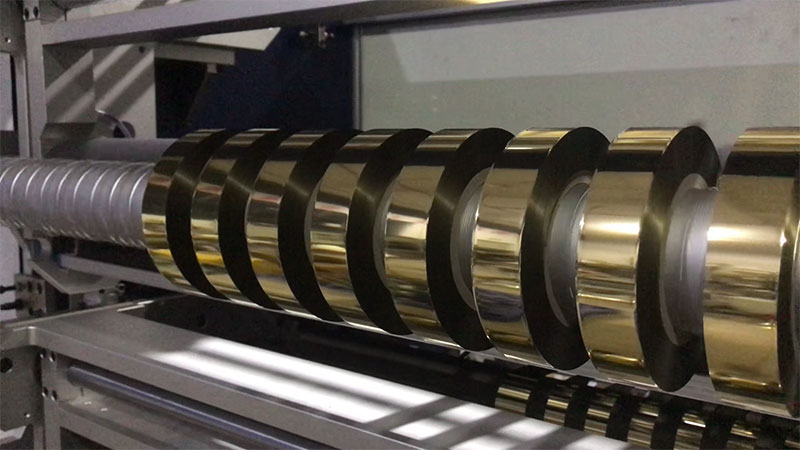 Hot stamping film slitting machine operation guide: from beginner to mastery
Hot stamping film slitting machine operation guide: from beginner to mastery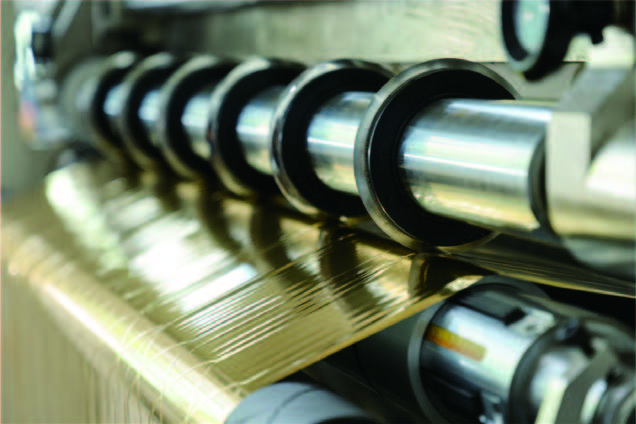 5 issues that must be considered before buying a hot stamping film slitting machine
5 issues that must be considered before buying a hot stamping film slitting machine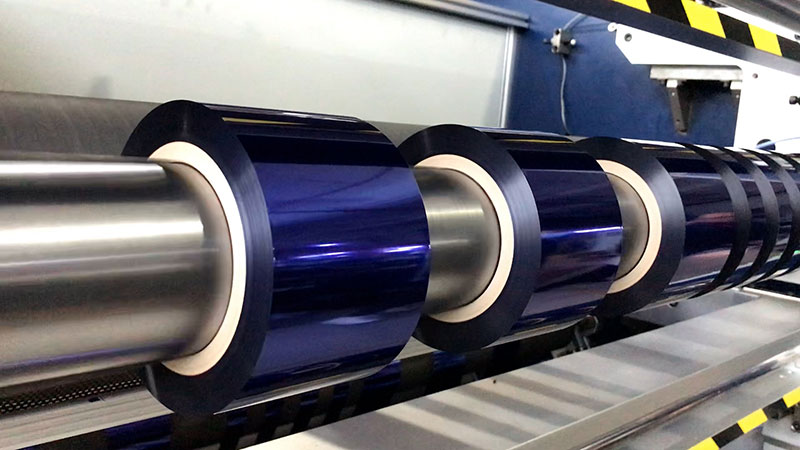 How to choose a hot stamping film slitting machine? Full analysis of key parameters
How to choose a hot stamping film slitting machine? Full analysis of key parameters Fully automatic vs. semi-automatic hot stamping foil slitting machine: which one is better for your production needs?
Fully automatic vs. semi-automatic hot stamping foil slitting machine: which one is better for your production needs?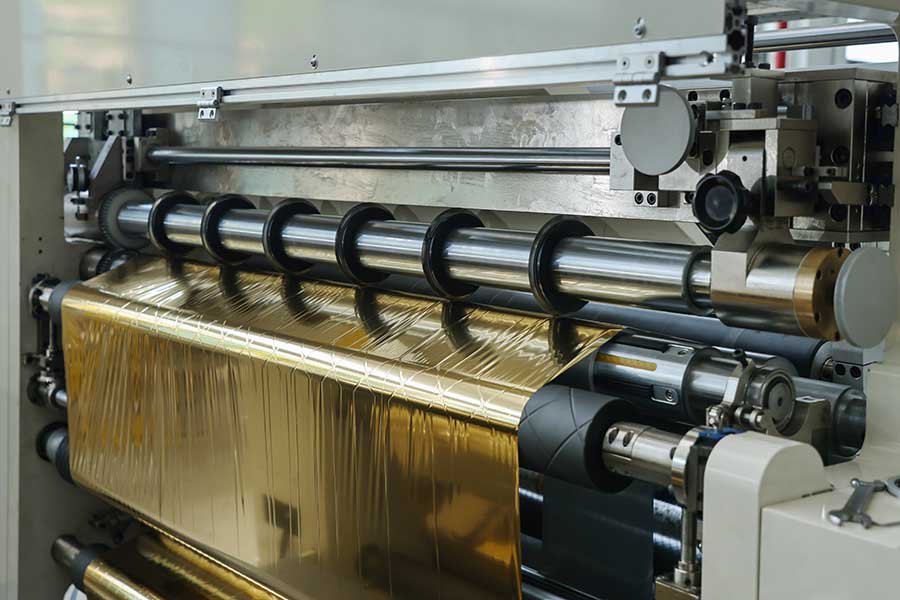 The golden compass at your fingertips: how the hot stamping foil slitting machine measures the streamer with micron accuracy
The golden compass at your fingertips: how the hot stamping foil slitting machine measures the streamer with micron accuracy